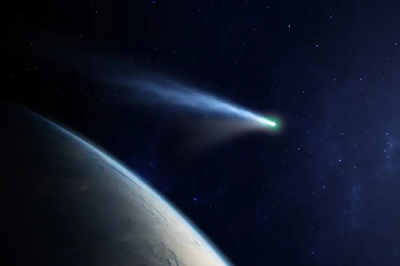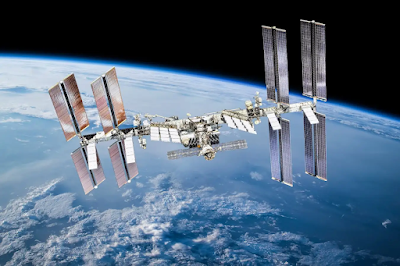Image courtesy oF NASA
Joel Kontinen
Astronomers listened for radio signals emanating from
planets in the TRAPPIST-1 system, but found no evidence of any interplanetary
communications
When would we hear about foreign civilisations?
A search for aliens communicating between planets in
one of the most promising systems to look for life has come up empty.
Discovered
in 2017, TRAPPIST-1 is
a system of seven Earth-sized planets orbiting a red dwarf star much dimmer
than our sun, about 40 light years away. The planets all orbit closer than
Mercury does to our sun and pass in front of their star from our point of view.
Three of the planets orbit in the star’s habitable zone, where liquid water can
exist.
So the Trappist-1 system does not bode well for
transmissions among the planets. . Only God
can give life to a planet and its inhabitants.
Source:
Jonathan
O’Callaghan
































